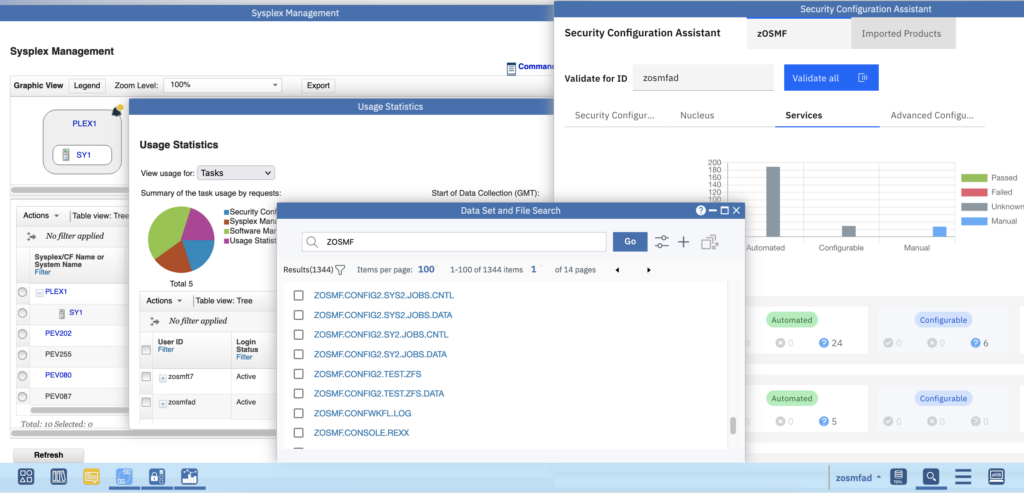IBM Boosts Container Performance on z/OS Mainframes
IBM has enhanced z/OS Container Extensions (zCX) to make them both easier and faster as part of an effort to make it simpler to modernize z/OS-based mainframe environments.
The extension to z/OS made available via version 2.5 of the IBM z/OS operating system makes it possible to deploy Linux applications as Docker containers on z/OS as part of a z/OS workload. This enables an IT team managing a mainframe to establish operational control of the Linux environment within z/OS. That approach eliminates the need to provision separate logical partitions (LPARs) or system images to run Linux applications on a mainframe.
In many cases, it’s less expensive for IT teams to run certain classes of Linux applications on a mainframe because IBM charges customers based on peak usage of the platform. That approach enables some Linux applications to essentially run at no additional cost alongside, for example, an online transaction processing application (OLTP) running natively on z/OS.
With the release of version 2.5 of IBM z/OS, IBM is also adding support for Java/COBOL interoperability that enables parallel 31-bit and 64-bit addressing to allow these applications to run simultaneously on the platform. IBM has also added support for cloud storage via a transparent cloud tiering (TCT) and object access method (OAM) cloud tiering capability that enables IT teams to reduce storage costs.
Finally, IBM is expanding existing support for encryption to new types of data sets, including sequential basic format and large format SMS-managed data sets. Anomaly mitigation capabilities that leverage predictive failure analysis (PFA), runtime diagnostics, Workload Manager (WLM) and Job Entry Subsystem 2 (JES2) to help further detect anomalous behavior in near real-time are also being added.
Barry Baker, vice president of product management for IBM Z and LinuxONE at IBM, says that, in general, application modernization in mainframe environments comes in many forms. Typically, it starts with adding application programming interfaces (APIs) to legacy applications that enable, for example, a microservices-based application to access data residing on a mainframe, he says. The goal is to minimize technical debt by making data processed by an existing application more accessible versus duplicating efforts by creating another implementation of the same application, Baker notes.
IBM claims mainframes handle almost 70% of the world’s production IT workloads. Nearly three-quarters (74%) of the 200 IT and business executives in North America surveyed by Oxford Economics on behalf of IBM said mainframes are still central to their IT strategy.
It’s hard to say how many containerized Linux applications might one day run on z/OS. However, for organizations that have invested in mainframes, there is a clear need to maximize their investment in a platform whose cost is usually measured in millions of dollars. Replacing all the applications running on z/OS simply isn’t economically feasible for most organizations that rely on those applications. The challenge is to find the best way to make the mainframe just another part of an extended enterprise that is becoming more distributed by the day.





